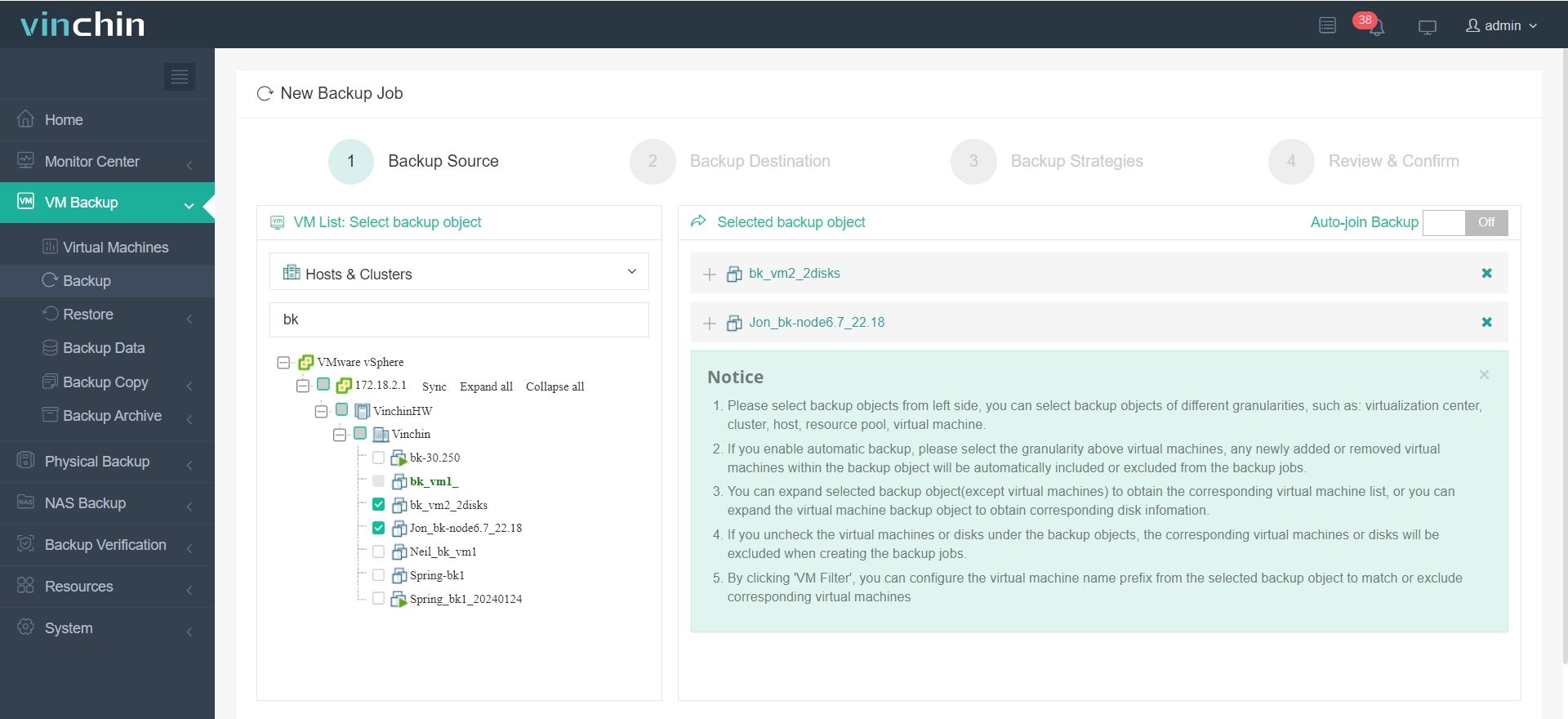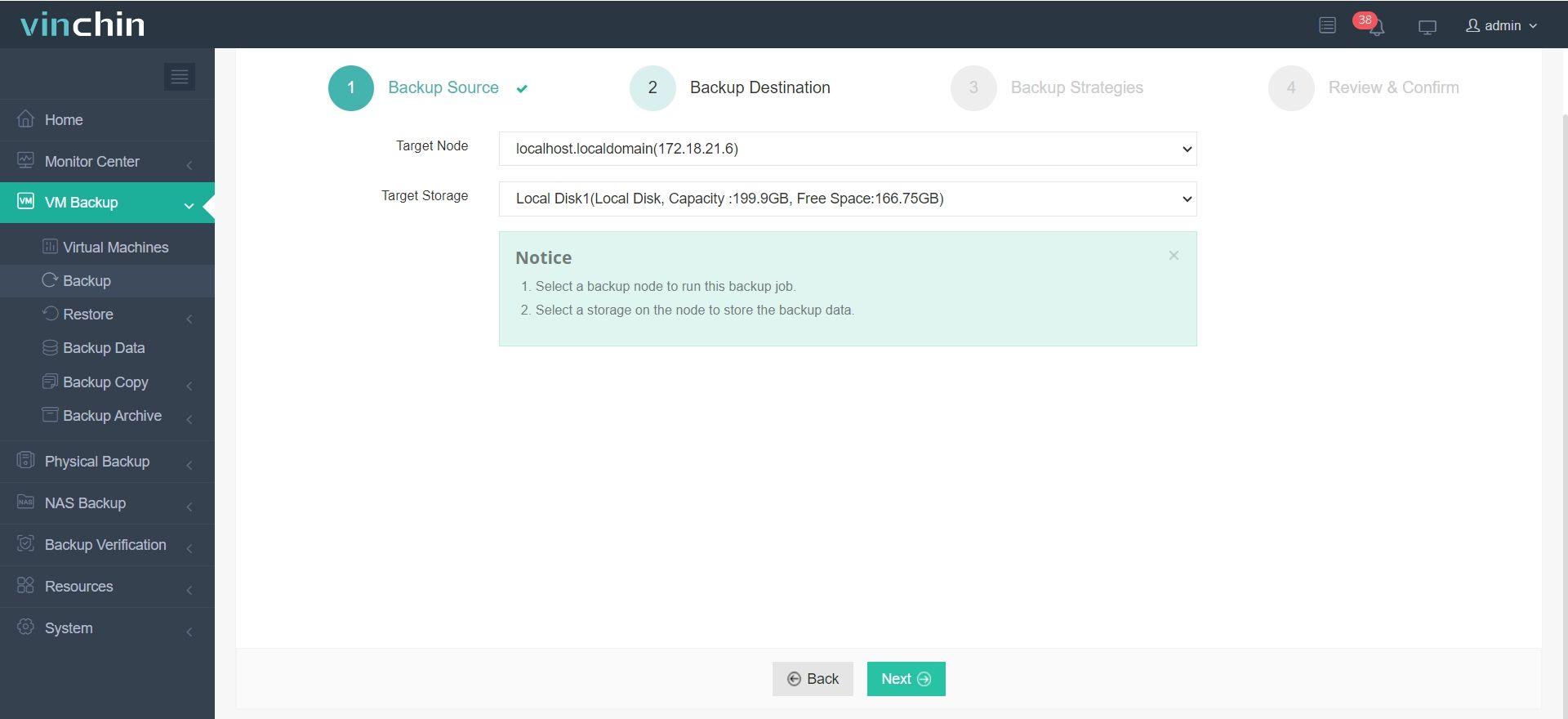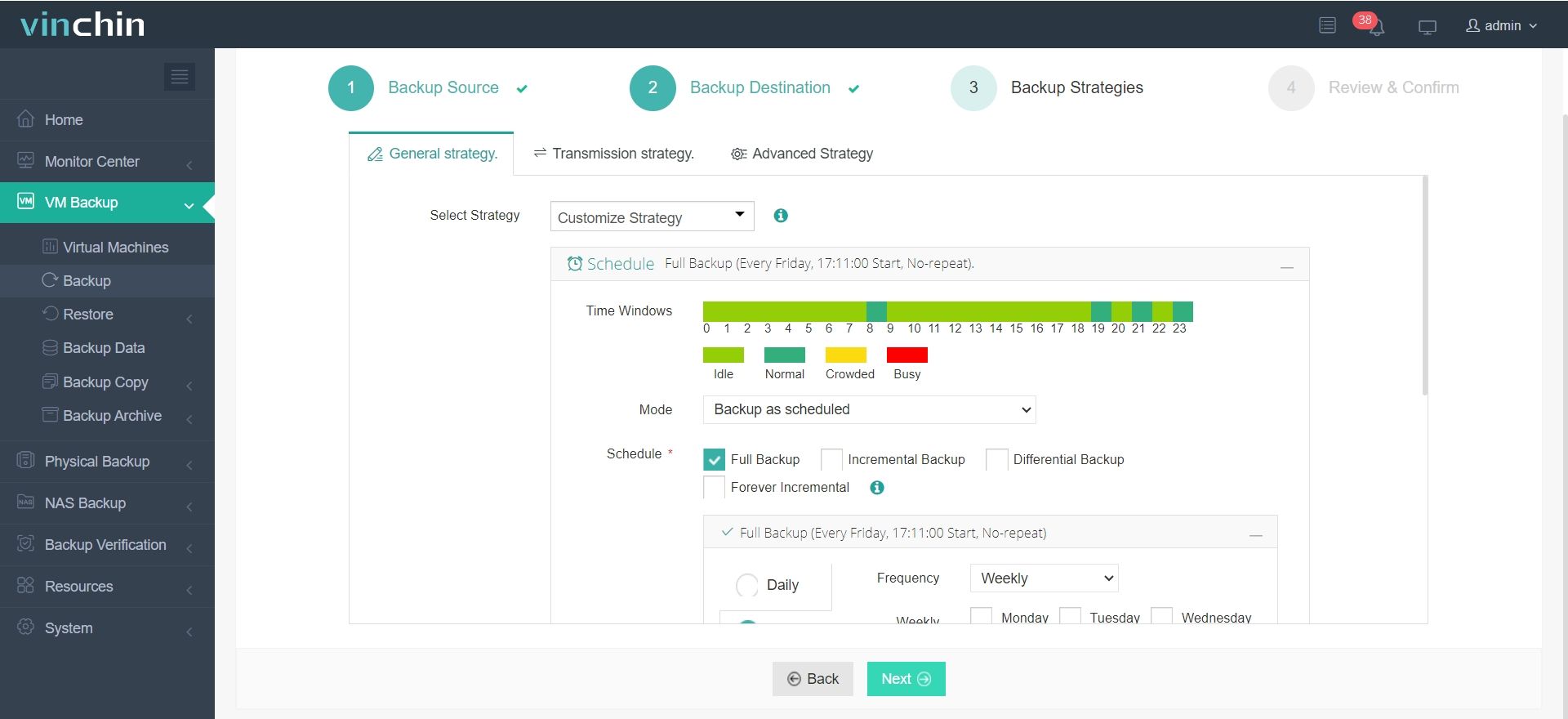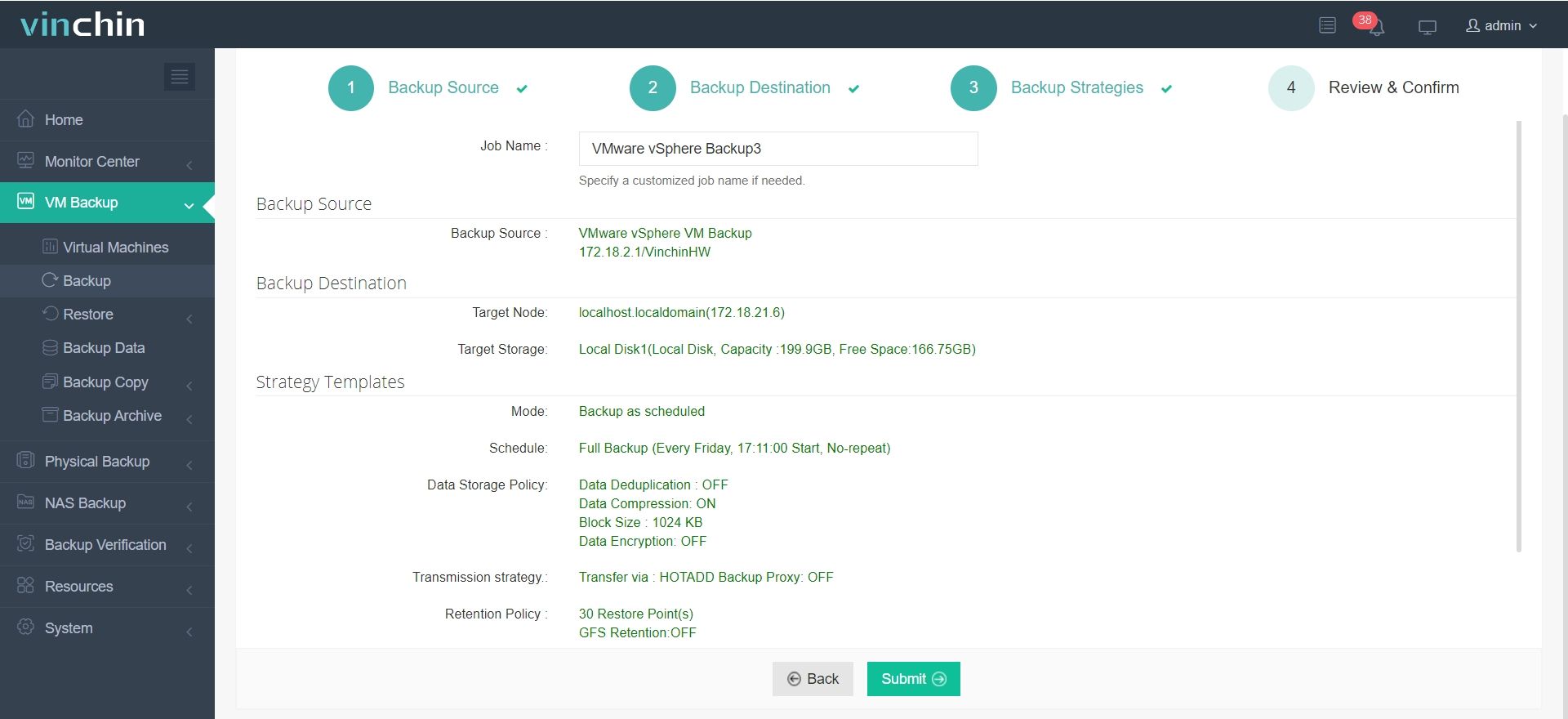-
What is a disaster recovery solution?
-
Why you should have a disaster recovery solution?
-
Disaster recovery solution types
-
Tiers of disaster recovery
-
Considering a proper disaster recovery solution
-
Excellent disaster recovery solution: Vinchin Backup & Recovery
-
Disaster recovery solution FAQs
-
Sum Up
Companies’ businesses increasingly depend on digital infrastructure, but the information systems can be fragile in front of many events like disruptions, cyberattacks, technical failures, etc. so safeguarding data and ensuring business continuity become more and more important.
Companies owners and IT experts should have the awareness to prepare disaster recovery solution for the newly-established IT environment and upgrade the solution as the IT environment evolves.
This guide will help you fully understand disaster recovery solution and how to select a proper solution for your IT environment.
What is a disaster recovery solution?
Disaster recovery solution is the strategy of data backup and recovery aiming to protect company’s critical data and applications from natural disasters, hardware failures, cyberattacks, human errors, etc., ensuring that company has the ability to quickly restore business systems.
The main differences between backup and disaster recovery are RTO and RPO. Backup solution only provides the backup method to ensure you have a history version to restore data when needed but disaster recovery solution provides higher-level protection to the entire IT environment.
RTO, standing for Recovery Time Object, refers to the period between the moment when a disaster causes IT system downtime and business interruption and in point at which the IT systems are restored and can support related business systems.
RTO indicates how fast the business systems can be recovered, reflecting the company’s maximum acceptable time for IT system recovery. The shorter the RTO is, the stronger the recovery capability of the disaster recovery system is, while it also means higher investment for company.
Technologies like instant recovery, data replication, high availability, virtualization, etc. can help improve RTO.
RPO, short for Recovery Point Objective, refers to the period between the latest recovery point and the moment when the disaster happens. It indicates the amount of data loss during data recovery, reflecting the company’s maximum acceptable data loss. The smaller the RPO is, the less data loss the company allows, also resulting in smaller loss for the business.
Technologies like CDP and data replication can help improve RPO.
Why you should have a disaster recovery solution?
Disaster recovery solution can bring many benefits to company.
Data Protection
Because disaster recovery solution often encompass a backup solution it will help protect the loss of important data in the event of a disaster.
Financial Loss Minimization
Data protection is much more important than you think. 93% of small businesses say goodbye to the market after data loss owing to the lack of disaster recovery solution so if you have a proper DR solution, you are ahead of most of your competitors.
Business Continuity
Disaster recovery solution ensures that the critical business systems can continue in the event of disaster by minimizing downtime so that company will have the insurance for challenging circumstances.
Regulation Compliance
Many industries have regulatory requirements that mandate the implementation of disaster recovery solution so having such a solution can avoid penalties for company.
Customer Trust
Customers tend to choose secure and reliable business systems, which is extremely important for cloud server providers.
Disaster recovery solution types
There are some common disaster recovery solutions and some of them are based on backup solution.
Cold Backup
Cold backup, also called offline backup, refers to the complete backup which is performed while the database or VM is shut down and cannot be updated. In this kind of disaster recovery solution, backup systems are running only on the primary data center and then backup date center will not conduct real-time backup of the primary data center.
If the business systems get interrupted in the event of downtime in the primary data center, recovery process will be pretty lengthy because there are no techniques for fault prevention and takeover in this kind of solution so it doesn’t meet the need requirements of data center development now.
Warm Backup
Warm backup is a backup method that falls between cold backup and hot backup. It mainly involves remote disk mirroring, data replication, and disaster recovery data center to backup the whole system.
Hot Backup
Hot backup, here meaning dual-server backup, refers to real-time backup from the primary server to the backup server with high availability (HA) configured. While hot backup involves real-time backups of the primary data center, the backup data center can take over businesses in the primary data center automatically and recover the systems as soon as possible in the event of downtime in the primary data center.
Active Active Cluster
Active active cluster is a quiet resource-saving disaster recovery solution. Both the primary and backup data centers simultaneously handle the business systems and they act as (real-time) backup for each other.
Multi-Active Cluster
Multi-active cluster requires building data centers in different cities. In the daily operation, all the data centers will handle the business systems together.
Tiers of disaster recovery
Generally speaking, disaster recovery can be divided into three level: data level, application level, and business level.
Data-level DR
It mainly focuses on data to ensure data remains safe after disaster. For lower-level data disaster recovery, data can be manually saved in a remote location; for more advanced data disaster recovery, it requires network-based data replication tools to transfer data between production center and disaster recovery center synchronously or asynchronously, such as disk-array-based data replication.
Application-level DR
It is built upon data-level DR, replicating application systems to a duplicate system in the remote disaster recovery center. The duplicate system involves backup system, backup data processing system, backup network system, etc. Application-level DR can take over applications in the event of disaster, minimizing downtime and enhancing business continuity.
Business-level DR
It is the highest level of disaster recovery and involves the IT systems and hard ware to face the severe disaster when the offices are damaged and users need a backup workplace. Both the data and workplace can be quickly recovered. In addition, business-level DR also requires network backup.
Considering a proper disaster recovery solution
To create an effective disaster recovery plan, you should consider the following aspects:
Determine Backup Strategies
You should determine the backup strategies like backup frequency, backup method, backup content, etc. based on the company’s business requirement and risk tolerance.
Choose Backup Techniques
You should choose the proper backup techniques according to the company’s needs and budget. Backup techniques might include disk backup, tape backup, cloud backup, VM backup, etc.
Build DR Center
You should build offsite DR center in regions far from the primary data center in case of any severe disasters, ensuring backup DR center can quickly take over the business of the primary data center.
Make a Recovery Plan
You should make a detailed recovery plan, including recovery procedures, RTO, RPO, etc. to ensure that business can be quickly restored.
Train the Employees
You should train the employees in disaster recovery knowledge to ensure that they can quickly respond to the disaster and reduce any loss.
Test and Review the DR Plan
You should regularly test the DR plan ensuring that it will work in the event of disaster and review it to adjust the backup strategies according to the changes in business and risks.
Excellent disaster recovery solution: Vinchin Backup & Recovery
Vinchin Backup & Recovery is a versatile disaster recovery solution to meet the needs of small, medium and large enterprises. Considering that many business systems are running on virtualization platform, it can backup various VM including VMware, Hyper-V, Proxmox, XenServer, XCP-ng, oVirt, OLVM, RHV, OpenStack, etc. Also, physical machines running Windows/Linux can be also protected. In addition, datastore like NAS and applications like Oracle database, MySQL, SQL Server, MariaDB can be backed up, too. Therefore, it can be used for data-level, application-level, and business-level disaster recovery.
For offsite DR, you can deploy it in both the primary and secondary data center. Then you can copy the backup the data from the primary data center to the secondary data center to retrieve backup data from the secondary data center.
Vinchin Backup & Recovery is highly suitable for virtual environment. Instant Recovery can directly start the VM from its backup in 15 seconds, greatly reducing RTO; VM migration will also be simple in the backup system, because you can directly restore the VM backup on another virtualization platform.
Ransomware is rampant on the Internet and Vinchin Backup & Recovery can help protect backup from ransomware so that you always have the clean backup to restore business.
Every job will be simply created in a user-friendly web console. For example, if you want to backup ESXi VM, there is only 4 steps needed.
Step 1. Select the ESXi VM

Step 2. Select the backup storage

Step 3. Select the backup strategies

Step 4. Submit the job

Vinchin Backup & Recovery has been selected by thousands of companies and has much experience in enterprise disaster recovery. You can start a 60-day full-featured free trial here. Also, contact us, leave your requirements, and then you will receive your tailored solution. We have established partnerships with reputable companies all over the world so if you would like to do a local business, you can select a local partner here.
Disaster recovery solution FAQs
1. How much downtime can you expect during a disaster recovery process?
The expected downtime can vary greatly depending on the severity of the disaster, the technology in use, and the effectiveness of your disaster recovery plan. Your RTO will define the maximum acceptable downtime.
2. What is failover and how does it work in disaster recovery?
Failover is the process of switching to a redundant or standby system, server, network, or database when the primary system fails. This is a key component in disaster recovery that ensures continued operation.
3. Do you need one for your disaster recovery plan?
A hot site is a fully equipped data center that can take over the business. Whether you need one depends on your RTO and the criticality of your business.
Sum Up
Because companies rely on IT infrastructures more and more, to protect business, a proper disaster recovery solution is needed. You can know what it is, why you should have it, and how to select a proper one in this post.
Vinchin Backup & Recovery is a proper disaster recovery solution for all kinds of companies and it makes the disaster recovery easy. Don’t miss the free trial.
Share on:








